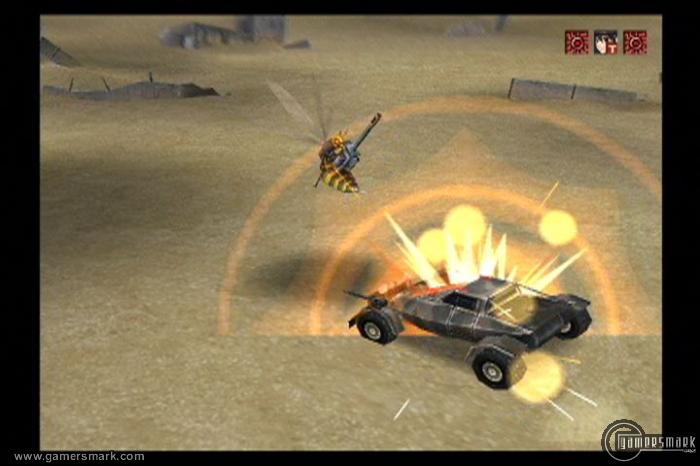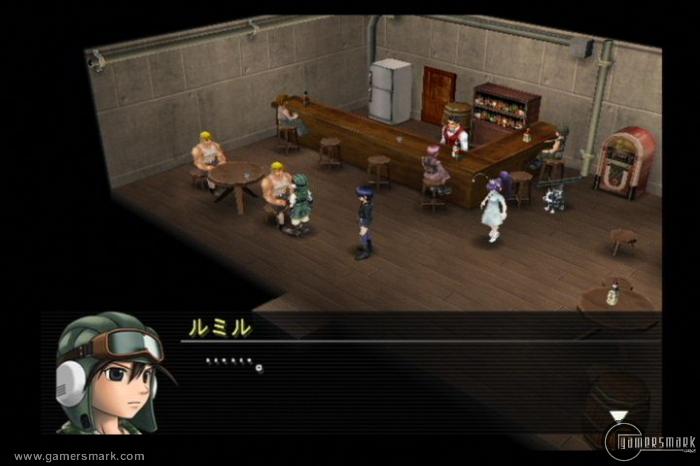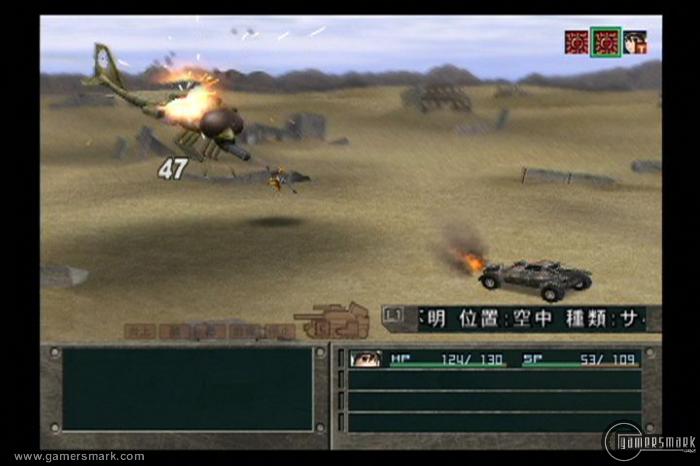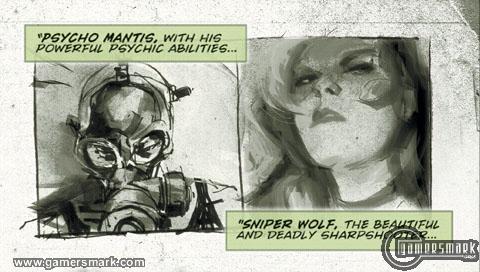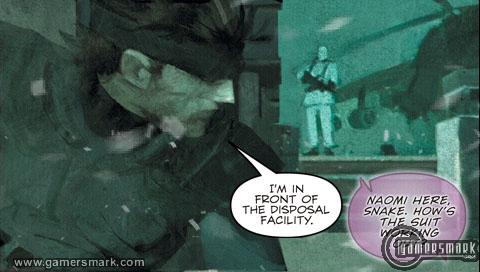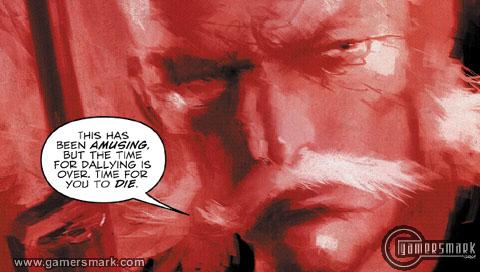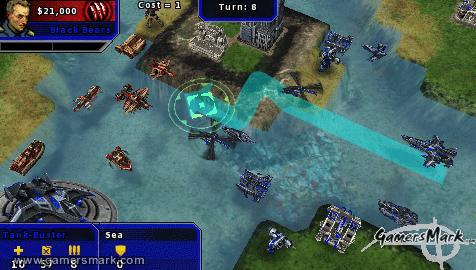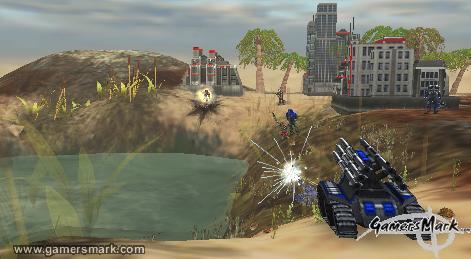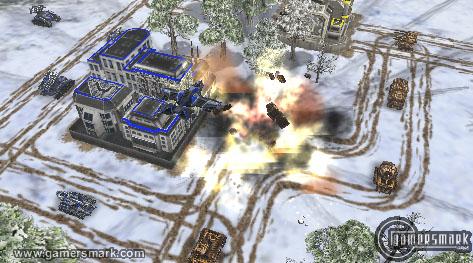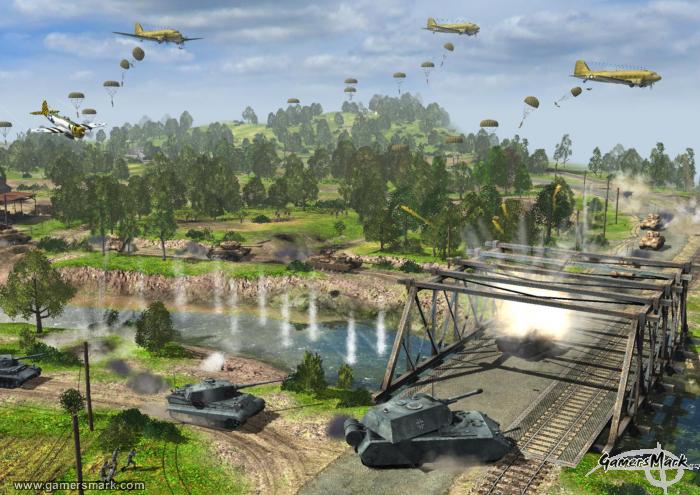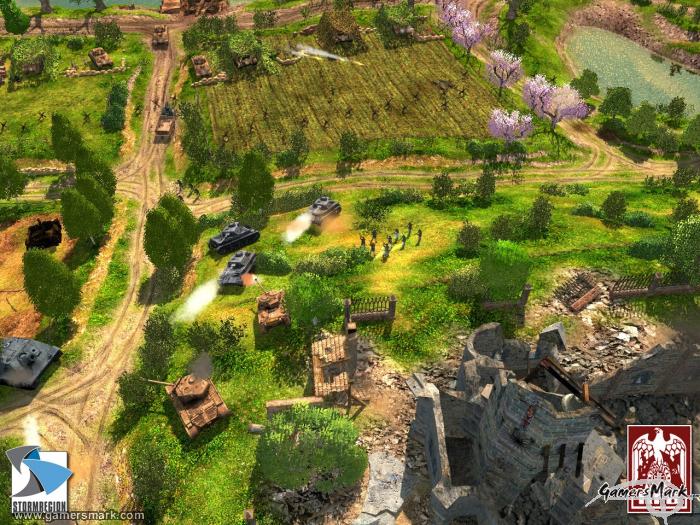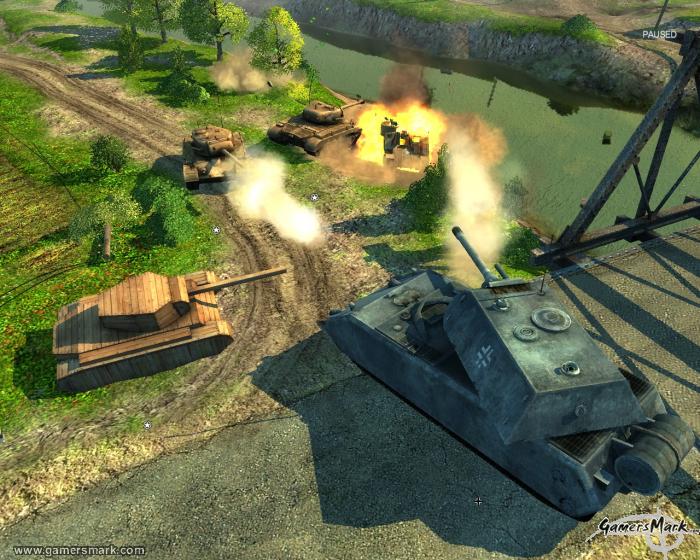| Friday 10/27/2006 6:49:12am | |
| Name: | Bertha |
| Homepage: | |
| E-Mail: | Bertha@yahoo.com |
| I like to | 4 |
| I like Squackle!: | Yes |
| Comments: | Yay the guestbook works!! |
Squackle Guestbook #20730
| Friday 10/27/2006 5:09:55am | |
| Name: | Pauline |
| Homepage: | |
| E-Mail: | Pauline@yahoo.com |
| I like to | 4 |
| I like Squackle!: | Yes |
| Comments: | I fould your site in MSN. |
Squackle Guestbook #20729
| Tuesday 10/17/2006 2:32:56pm | |
| Name: | jack |
| Homepage: | |
| E-Mail: | |
| I like to | [b] Nice [/b] |
| I like Squackle!: | Yes |
| Comments: | [b] Nice [/b] |
Squackle Guestbook #20728
| Sunday 08/27/2006 9:12:45pm | |
| Name: | Naomi |
| Homepage: | http://htmlgear.tripod.com/guest/control.guest?a=sign&u=davepoobond&i=1&r= |
| E-Mail: | Naomi@aol.com |
| I like to | find the person who created this retarded site, and kick him square in the ass! |
| I like Squackle!: | No |
| Comments: | This is the worst site I have ever been to on the net. Who drew those elementary lame ass pictures? Very stupid! The jokes were old and lame. This site sucks major butthole! |
Metal Saga (PS2) Review
Developer: Createch / Publisher: Atlus || Overall: 7.5/10
Createch’s Metal Saga, brought over to North America by Atlus, is an interesting RPG. While breaking the mold of traditional RPG storytelling, it’s more akin to the traditional RPG, in terms of gameplay, than most nowadays. Metal Saga is as “choose-your-own-adventure” as an RPG can be without any sort of adventure to actually be told. Put simply, you can venture through the world with little-to-no restriction; the only boundary is the level your characters currently are. Bosses are dispersed throughout the world, and can be taken down at one’s leisure, contrary to any regular RPG.
How Metal Saga starts out is with a choice: to become a Hunter or a Mechanic. Your dad is making a living as a Hunter and your mom is a Mechanic. Your mom tells you about your dad, and hopes for you to become a Mechanic, as it’s dangerous to be a Hunter. Chosing the Hunter class means you will be able to explore the world and make money by collecting bounties and killing enemies. Being a Hunter is obviously what the game is about, as there are many different “endings” that are available through the game – of which choosing to become a Mechanic will show you. The different endings available throughout stress the open-ended aspect, allowing you to pretty much are able to finish the game at any time — sometimes unexpectedly. For instance, marrying someone will produce a few “story” scenes, but after those finish the credits roll. If you play your cards right you may actually be able to play this game as long as a regular RPG. The world of Metal Saga is post-apocalyptic – once a very high-tech world, a catastrophe occurred that created a low-tech society with high-tech items here and there. While the foundation of the game is based in its lack of story, there are times when I felt myself calling out for there to be a compelling story to be coupled with the things you could do in the world.
Your job as a (bounty) Hunter is to make money by defeating wanted criminals and improve your vehicles, which you find throughout the world. By equipping your vehicles with stronger weapons, modifying them to hold heavier loads, and by diversifying their offensive capabilities, you’ll make your way as a Hunter who is feared by all who cross your path. Unfortunately, battling is very boring. It can’t get much more ordinary than Metal Saga when it comes to a battle-system; very rarely will you really need to pay careful attention to what is happening in a battle, as you can “fast forward” through all the battle animations. This creates a fast-paced feeling while fighting through any enemies that you encounter. The only time you really need to focus on a battle is when you are facing off against a boss, or if you’re collecting a bounty – but even then you could skip through the battling animations to make everything go faster.
Through your travels you’ll acquire a few unique party members. You’ll be able to choose a mechanic to have by your side, but you can only choose one of two possible choices; later on you will even be able to pick a dog (out of a possible four) to travel along with your party. Having a dog with a bazooka strapped onto its back is quite silly considering you’re occupying a tank right next to it. Magic and abilities are not acquired through normal leveling up – rather, they are bought by visiting “masters,” who will train you in whichever art they are equipped with. Instead of using any sort of “magic points,” your abilities will deplete a certain amount of value from your funds as a price for using the ability. The game allows you to go back to where you selected your party members and trade them with another if you feel so inclined as to do so.
The audio-visual experience isn’t exactly top notch – the graphics look like they could fit in with PS2 games from a couple of years ago, so the game definitely isn’t trying to push your PS2 to heights not seen before. The most noticeable lack from the sound category is the lack of any voice acting whatsoever (not to mention the main character is a silent hero). While it could be seen as a throwback to a time when RPGs didn’t have any voicework, it’s just unfortunate to not have anything except for a few yells during battle. Otherwise, the sound effects in the game aren’t bad, but they can get annoying during battle, especially when one considers how often you have to fight. The soundtrack isn’t exactly large and diverse, but what is there is pretty nice. It really doesn’t make much of an impression, however, which could be seen as a negative – RPGs usually have some of the best soundtrack work.
What I personally didn’t like is that the game can get quite monotonous at times, especially when there’s an area of the world you want to go to, but can’t yet because you have to go through a hundred more battles to get to the appropriate level to get through the area alive. The required amount of experience can be very disconcerting given the repetition. The lack of story also causes the game to come across as unfocused. It’s not a good sign when you don’t feel compelled to go in any one direction or are at a loss for a general place to head towards. Events that you take part in as you play also create too limited an impact on the world around you, so it’s less rewarding than it should be to do much of anything. There are plenty of mini-games to be occupied with, however, so occasionally there is some difference in the gameplay. The humor that is written into the game is pretty cool as well, and can leave you chuckling or even laughing out loud, which is very welcomed.
Metal Saga takes traditional RPG gameplay to the point where the game itself could be classified as retro, despite its year of release. The game almost exclusively appeals to hardcore RPG gamers who want a throwback into the way RPGs were back in the day. Metal Saga delivers a unique experience though it is one of the most traditional games to be released in the genre for quite a while.
Defcon (PC) Hands-On Preview
Developer/Publisher: Introversion Software ||
Defcon is the newest game from UK developer Introversion Software. Introversion has already established a great reputation with Darwinia making Defcon a game to look forward to. Defcon is nuclear war on a global scale – you pick your country and your alliance with the intent of defeating those who aren’t aligned with you.
Defcon takes place on the world stage. While the game is real-time, it looks like it also integrates some aspects of traditional turn-based games to give the game a different flavor. The thing that instantaneously sets this game apart from other strategy games is the unique graphical style. Anyone who has played Darwinia, will instantly see the relation between the two games’ visual styles – which look like enhanced “retro” graphics.
The game itself takes place in a time where the world’s super powers are entrenched in all-out thermonuclear war. For those who have seen the movie WarGames with Matthew Broderick, this game is basically based off of the idea in the movie in which Broderick’s character hacks into a military computer and initiates a “war game” simulation. When I saw that movie for the first time, I thought the prospect of being able to actually play a game that looks like what happened in WarGames would be an exciting experience – an experience that has become a reality with Defcon. Multiplayer gaming is pretty much the key to the game, though you can play the game against bots. A tutorial mode is included as well. The game promises to be easy to learn yet hard to win.
One of the main aspects of the game is that it is very minimal by nature. Your units, countries, missile silos and all other components of the game are represented by simple shapes. There are barely any real sound effects except for slight rumblings when nuclear bombs go off, all taking place while ambient music plays. The game feels like its quiet when it actually isn’t.
Defcon is currently scheduled to release in September 2006.
Metal Gear Solid Digital Graphic Novel (PSP) Review
Developer/Publisher: Konami || Overall: 9.0/10
Metal Gear Solid Digital Graphic Novel (MGS DGN) from Kojima Productions and Konami, is a very unique product for the PSP. Not exactly a game per se, the MGS DGN is a very interesting addition to the Metal Gear Solid library and for PSP owners, a unique way to experience Metal Gear Solid.
In the same vein of The Silent Hill Experience, the MGS DGN’s main feature is the comic adaptation of the Metal Gear Solid story. While there isn’t any voice acting, the comic captures the awesome feeling of Metal Gear Solid’s story perfectly. Practically every event and detail has been included in the adaptation, save the gameplay portions, which are improvised into semi-action scenes with sound effects and action being drawn. The story is changed ever so slightly so that the adapted parts of Metal Gear Solid’s gameplay make sense. The end of the story is also changed from the game, creating a combination of the two possible endings from the original.
The art is absolutely spectacular. It’s very stylistic, and is true to its graphic novel calling card. What’s different about the MGS DGN from The Silent Hill Experience is that it’s interactive. Unfortunately, it’s not exactly that easy to pause the action going on so that you have more time to read the speech bubbles, but an extra mode that is included makes use of the interactivity in the regular story mode. With a press of the Square button at any time, you can stop the comic from playing and “search” the pictures with a set of crosshairs. Once you find something that is highlighted, a “Memory Element” is added to your collection for later use. Memory Elements could be anything from a person to a gun to a scrap of paper in someone’s hand. Anything is fair game for being a Memory Element.
Memory Elements are used in the slightly more complicated “Memory Building Simulation Mode.” The purpose of this mode is to fully understand all the elements of the Metal Gear Solid story and all the connections between characters, events, and things of that sort through the whole series. If you want to get a full understanding of the story, this is the mode to spend most of your time with. To unlock all the connections, however, you’ll have to watch the story mode very closely and make sure you get all the different Memory Elements so that you can use them. Memory connections are made by directing a line coming out of a box towards another box floating in 3D space. It’s a little hard to direct the lines to the next connection, but the whole concept of the mode isn’t hard to make sense of.
The reason I personally liked this title so much is because of the way the graphic novel is presented. I appreciate the way the art looks and how the music and sound effects make me feel and remember the experiences I had when playing Metal Gear Solid. The collecting of Memory Elements allows for more player interaction and gives me a more thorough understanding of the series if I had missed something.
The Metal Gear Solid Digital Graphic Novel is a very cool item to have in the PSP’s library. It might not be a traditional Metal Gear Solid game, but Metal Gear Solid: Portable Ops should help out in that department. I found the whole product to be very well worth it. The Metal Gear Solid story is a very enthralling experience in comic form, and it would be great to see the other games have the same treatment as the first did.
UPDATE 08-01-06
davepoobond: The dictionary has finally hit a landmark. 5000 words! It is quite amazing, in my professional opinion that so many words have been added manually, with no automatic alphabetizer except for my brain, spending two hours on each 100 words that are added to get all the words I’ve made up over the years or picked up into it. Anyway…there’s also some other stuff…
August 1, 2006
Dictionary – 5000 words, 100 new. SUBMIT A WORD
Stupid IMs – DeadOrAlive60 IM, Lieb IM, MrFredRogers IM, Astro IM, MajinGogetaGT IM, bratgurl62936 IM, SLIPKNOTSIC IM, Laospryderx IM, Staindxx IM, DeadOrAlive60 IM 2, davepoobond IM 51, davepoobond IM 52, Phoenix IM 8, Phoenix IM 9, Jen 7909 IM, wangerspanker IM 10, Coldxs666 IM 2, BrigitR205 IM
Jokes – Blonde Jokes, Quicky Jokes
Pictures – 3 Guys, 10 Dolla, Bean Plus Heart, Burn Penguins, Cannon, Comet, No Beans, OnlineHost, Banana, Baby In a Bag, Bill Gates Was Hot, Dave Is My Hero, Giglis No Good, Happy Bday Tom, Jesusland, Panda Birthday, PandaKart, PandaSlide, PandaTrumpet, Penis Storm, Print This, Snowman Funeral, Space Warrior, Squirtle, Twin Tower 20, Weird Thing, What a Crappy Truck
Field Commander (PSP) Review
Developer/Publisher: Sony Online Entertainment || Overall: 9.3/10
The PSP has proven to be my favorite way to play strategy games. With games like Metal Gear Acid, Metal Gear Acid 2, and now Field Commander, it’s shown me that playing turn-based strategy games on a handheld can be a lot more enjoyable than on a home console. What sets Field Commander apart from the other strategy games I’ve mentioned is that it’s more of a regular strategy game, which prides itself on its gameplay rather than its story. Containing a challenging campaign mode along with online multiplayer play and a random battle mode, Field Commander is the strategy game to have on the PSP.
Field Commander is a very full featured game with a roughly thirty-mission campaign mode that will train you from being a green CO (Commanding Officer) to the savior of the world. The campaign mode’s story starts out with a terrorist organization called Shadow Nation, and through the skirmishes you undertake against their multiple COs, you’ll slowly learn about their fanatical plan that they aim to put in place to destroy the world. The campaign is cleverly designed but overall is not that hard for seasoned strategy gamers. There are a couple of annoying missions sprinkled throughout the game, but they can easily be completed once you figure out what needs to be done.
The game is played with all types of units. Ground, sea, and air units allow for all kinds of strategy to take place. To give you an idea of what units there actually are, there are snipers, tanks, helicopters, stealth fighters, submarines, and battleships to name a few.
Each unit has a weakness and a strength that if you utilize effectively will make you a formidable force on the battlefield. Stealth units are also a major strategic advantage (and disadvantage if used against you). The units that can go into a “stealth mode” are the snipers, concealed tanks, stealth fighters, and submarines. For the snipers and concealed tanks, their range of fire is increased greatly, which allows for major damage of an enemy unit with no counterattack. For stealth fighters and submarines, they are able to creep up on enemy units that normally would be able to destroy them if they weren’t in stealth mode. The major disadvantage for stealth units are their movement speeds – they can only move one square at a time, which not only results in them moving slow but uses up a lot of their fuel.
Fuel and ammo are a very important part of a unit’s upkeep – if they run out of fuel, the unit literally blows up and dies. Without ammo, the unit becomes practically useless. Units can re-supply at towns or if supply trucks are nearby, they can get a more local servicing. Every unit in the game has a maximum of ten HP. If a unit is damaged, they must either go back to a town and heal for a few turns or join with another damaged unit of the same type so the HP can be added on top of whatever unit is being joined. Other times, it might be beneficial to destroy a unit and reacquire a percentage of the funds you spent on creating it and use it on building a new unit at a Factory, Airport, or Seaport.
As you play through missions, you will unlock new COs, divisions, maps, and units to use as you progress through the campaign as well as in the other modes the game has to offer. Which CO you choose doesn’t matter as much as which division you chose. There are a huge amount of unique divisions to choose through, and each have two of their own Division Powers. Division Powers vary but basically fall into three different kinds of categories: unit spawning, attack/defense increase, or damaging an enemy unit. Every time you activate a division’s special power a description will pop up allowing you to understand how to use it effectively.
The battle system for the game is almost perfect. Its fun to play, easy to get a hang of, and doesn’t have horrible load times either. The only bad parts about the game are the times when the enemy takes anywhere from ten to twenty seconds to think about what it should do. Though it doesn’t happen all that often, its still a problem since you’ll just be sitting there looking at a bar constantly fill up and empty to show that the computer is “thinking” about its next moves. Occasionally, you do hit a small load time when you put your cursor over a unit or even when you press the start button, but once it loads the first time, it doesn’t usually require another “loading” pause. Unfortunately the game does have some freezing issues as well. I encountered two freezes later on in the campaign mode, on the more advanced levels, which aren’t particularly that easy, especially when you have to do it again due to the game freezing. The game does offer the ability to save a battle (as long as it’s your turn) so that you can go back to it later, which not only allows you to (hopefully) circumvent any huge damage resulting from a possible freeze but allows you to come back later and play the game from where you left off without having to put the PSP in sleep mode.
The online capabilities for the game are enticing for those who want more after beating the campaign mode. You can check your leaderboard status and see how you compare to other people who play online, in single and multiplayer. Also, you can download a ton of custom missions made by other people on your PC and download them to your PSP. If you’re done with the campaign mode and want to play some more missions, hop onto the Field Commander site and check out all the extra content there is to play.
Field Commander is an awesome PSP game. Though the campaign is a bit short, the alternative modes allow for more game time to be put in. The game packs a lot of value for a portable game, and is well worth a look for any strategy game fan.
Rush for Berlin (PC) Review
Developer: Stormregion / Publisher: Paradox Interactive || Overall: 7.0/10
It’s not often we see a World War II game that is something other than a first person shooter. Rush for Berlin, developed by Stormregion, is a real-time-strategy game that strives to be a historically accurate and realistic rendition of World War II. Unfortunately for Rush for Berlin, it falls short of being totally enjoyable. Rush for Berlin will not be a game that makes waves through the genre; the game fails to be worthwhile, not only because of the extremely weak gameplay in the single player mode, but the absolutely non-existent multiplayer community. It’s incredibly important for a real-time-strategy game to have these basic values in place, even before any kind of innovation is attempted.
The thoroughly unimpressive single player mode in Rush for Berlin struggles to prove any kind of worth whatsoever. Unfortunately for the actual real-time-strategy elements of the game, they are not utilized properly to show the strengths of what the gameplay actually has to offer. The single player mode is based on World War II, obviously, but there is absolutely no revolving story to connect any of the missions you go on. After a cheesy cutscene to set up a certain scenario, you’ll begin your mission with a set amount of units and go on your way doing what needs to be done. What needs to be done usually consists of killing your enemies until there are none left, or capturing certain points of interest. Each mission is like a snapshot of history, and you jump around from time period to time period.
What brings down the experience of the single player mode the most is that there is little to no traditional base vs. base gameplay. Most of the missions are what I like to call “limited force” missions – you’re given a set amount of units and you’re on your way. Occasionally you are able to capture a factory to create more units, but you’re not going to be building factories or barracks like in traditional RTS games. Any and all buildings or structures you own have to be captured and can be recaptured by the enemy if you let your guard down.
The multiplayer mode is by far the biggest disappointment in Rush for Berlin. I was disenchanted when I found absolutely no one on the servers. Since the game used Gamespy, it was very easy to log in, but that was where the pleasant experience stopped. To give you an idea of how desolate the multiplayer community is, there are more people playing the demo of the game than the full game. And since you have to have the same version as who you’re playing against, it doesn’t even let you play with the two or three people that just happen to be online, if you’re able to catch them on at the same time as you are. I almost downloaded the demo just so I could play against someone. This is a serious devaluation of the game, especially since the single player mode is less than fantastic. If you’re turned off by the single player mode you will have nowhere to go when it comes to playing Rush for Berlin, unless you know someone personally to play against.
As for the actual gameplay, it is particularly solid. The game itself puts more value into each of the units you have, as they are not usually available in huge quantities – you can’t just build any anytime you want, and when you can, it takes a long time to build a unit. It can take especially long sometimes since there is absolutely no resource gathering, you’ll have to wait even longer for the resource counter to get to the point you want it to get to before the unit begins to build.
Needless to say, base politics play a very small role in the game, and it comes down to actually managing your units and being strategic in how you use them. Because the game puts more stress on the units, you’ll actually be aware of when you lose a unit, as it could make or break your push through enemy territory. The flexibility of the gameplay is also shown by being able to take over enemy vehicles (provided their occupants are no more) and use them for your purposes. Many of the blown out buildings in the game can also be used for your tactical advantage by making your infantry go inside them so they are able to shoot at whoever comes by.
By far the most impressive aspect of Rush for Berlin are the graphics. The maps themselves are enormously detailed – urban areas really show the best of what Rush for Berlin has to offer in this aspect. All the units look about as realistic as they can be –vehicles more so than humans. Everything looks incredibly akin to what it would have looked like in World War II, which should be applauded. There is also a 3D camera, so you can get all sides of the action. Unfortunately, they assigned the scroll wheel click to changing the camera rather than the right click, which can make it difficult to be as precise as you might want to be.
Sound effects and music are another couple strong points, but the voice acting is awful. The sound effects are cool, and they really help in making you feel like you’re in the middle of a battlefield. The music is empowering as well, and usually has a “march to war” feeling attached – possibly offering motivation to do what you need to do. Voice acting, however, is on the completely different side of the spectrum. The actors sound like Europeans trying to imitate an American accent, which end up sounding like they’re a bunch of pricks at the gym with surly voices – it doesn’t really cut it for what the game is trying to accomplish.
Rush for Berlin ends up being just another lackluster World War II game. Perhaps if the same gameplay mechanics were exploited better, and there were a multiplayer community to interact with, Rush for Berlin would have been a solid game, but unfortunately that was not what came to fruition.
Squackle Guestbook #20727
| Thursday 07/20/2006 0:17:37am | |
| Name: | Kaiden Joe |
| Homepage: | |
| E-Mail: | |
| I like to | Nice work! Comprehensive site. I would just like to congratulate you on doing an amazing job! |
| I like Squackle!: | Yes |
| Comments: | not sure |
Squackle Guestbook #20726
| Tuesday 07/18/2006 10:41:44pm | |
| Name: | Aiden Alexander |
| Homepage: | |
| E-Mail: | |
| I like to | i think the website is great and it is full of info. |
| I like Squackle!: | Yes |
| Comments: | not now |
Squackle Guestbook #20725
| Saturday 07/15/2006 11:55:16pm | |
| Name: | Jonathan William |
| Homepage: | |
| E-Mail: | |
| I like to | Great site, I am surfing the web and well this helped me a lot on my query! Haven’t had much luck finding such a good info! GREAT JOB! |
| I like Squackle!: | Yes |
| Comments: | not now |
Squackle Guestbook #20724
| Thursday 07/13/2006 9:19:43pm | |
| Name: | Jonathan William |
| Homepage: | |
| E-Mail: | |
| I like to | My friend told me to visit your site because she said its beautiful. She really was telling that truth. Indeed, your site is amazing. Ill surely go visit here again. Keep up the good work! 😀 |
| I like Squackle!: | Yes |
| Comments: | n/a |
Squackle Guestbook #20723
| Wednesday 07/12/2006 10:17:39pm | |
| Name: | Brooklyn Nicholas |
| Homepage: | |
| E-Mail: | |
| I like to | Thank you for your site. I have found here many useful information… |
| I like Squackle!: | Yes |
| Comments: | N/A |

